This IAS Officer’s Mission in Odisha Helped 470 Women Clean Up 360 Tonnes of Plastic — and Earn From It
Picture this: a group of determined rural women, adorned in their colourful sarees and gloves, are riding tricycles in the hilly terrain of Odisha, filled with hope and responsibility.
Proudly called Swachhta Sathis, their mission begins at the doorsteps of homes and shops, where they have instilled a new habit of neatly sorting waste at the source. Through door-to-door interactions and lively village meetings, these women have been educating their communities about the detrimental effects of single-use plastics.
The journey doesn’t end at collection. The waste travels to local segregation sheds, where their skilled hands and meticulous work processes separate useful recyclables from non-recyclable materials.
High-value plastics such as PET bottles find new life in the hands of registered recyclers, transforming into new plastic products that once again circulate through their everyday lives. Meanwhile, low-value plastics like multi-layered plastics (MLP) are channeled to serve in road construction and as alternative fuels in cement kilns.
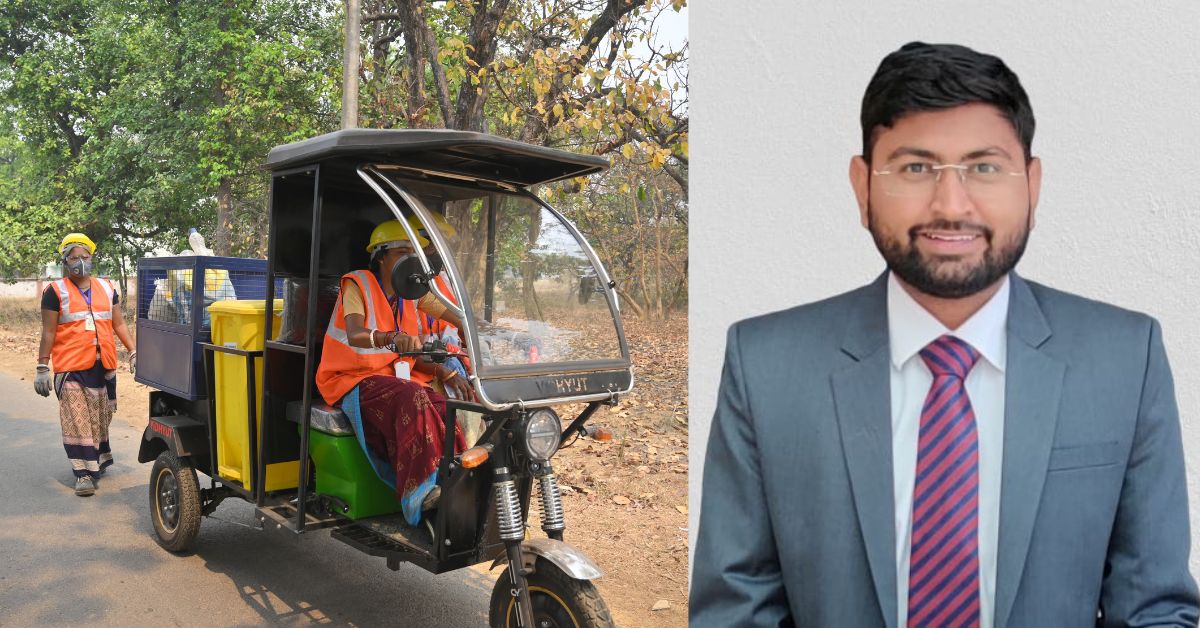 Led by Manoj Mahajan IAS, the initiative has transformed waste management in rural areas.
Led by Manoj Mahajan IAS, the initiative has transformed waste management in rural areas.
This initiative has not only processed over 275 metric tonnes of plastic waste but has also forged meaningful livelihoods for around 470 rural women. The revenue generated in this process is used for the operation and maintenance of this initiative, while also ensuring a circular economy by reducing landfill waste.
Behind this self-sustaining waste management approach is Manoj Satyawan Mahajan, a 2019 batch IAS officer and collector and district magistrate of Sundargarh.
What the IAS officer saw and why he decided to act
In 2019, Manoj recalls, the first phase of the Swachh Bharat Mission (Gramin) came to a close, paving the way for Phase 2, which rolled out in 2021-22. As the mission evolved, so did the approach—under new state guidelines, villages were encouraged to collaborate more closely with nearby towns.
Through the Urban Rural Convergence (URC) model, rural waste was now being transported to Urban Local Bodies (ULBs), bridging the gap between rural and urban sanitation efforts.
“However, in Sundargarh, the four ULBs were insufficient to manage waste from the vast rural areas,” he says.
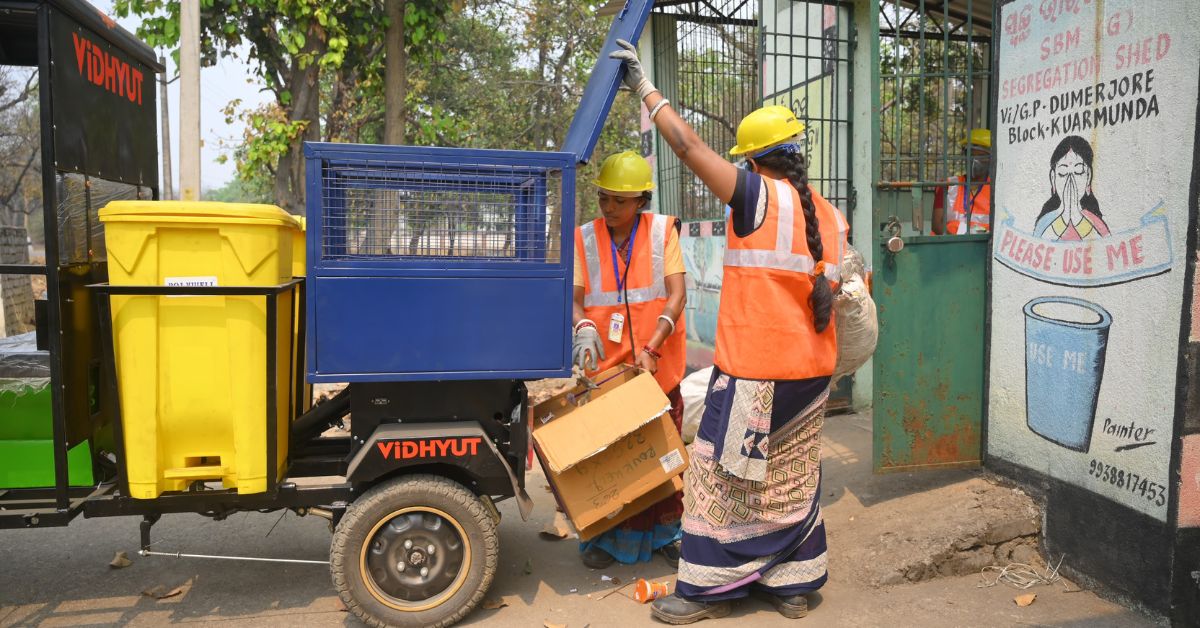 Swachhta Sathis collects waste at the doorsteps of homes and shops.
Swachhta Sathis collects waste at the doorsteps of homes and shops.
To address this, a rural solid waste management initiative was implemented. With UNICEF as their technical partner, the district provided technical support for executing the “Aama Sundargarh Swachh Sundargarh” initiative.
“At that time, no specific initiative for rural waste management had been implemented on a district-wide scale in Odisha,” the collector points out.
“Most of the time during my field visits, I noticed open dumping of waste along roadsides, waste floating in water bodies, and people resorting to burning waste to clear it. During interactions with the community, I learnt that they had no proper waste management system and did not know what else to do with the waste. This experience made me realise the urgent need for a structured waste management system in rural areas,” says Manoj.
The idea for Aama Sundargarh Swachh Sundargarh first took shape in 2021. By early 2023, he says, the initiative was fully up and running, bringing a fresh, community-driven approach to rural waste management.
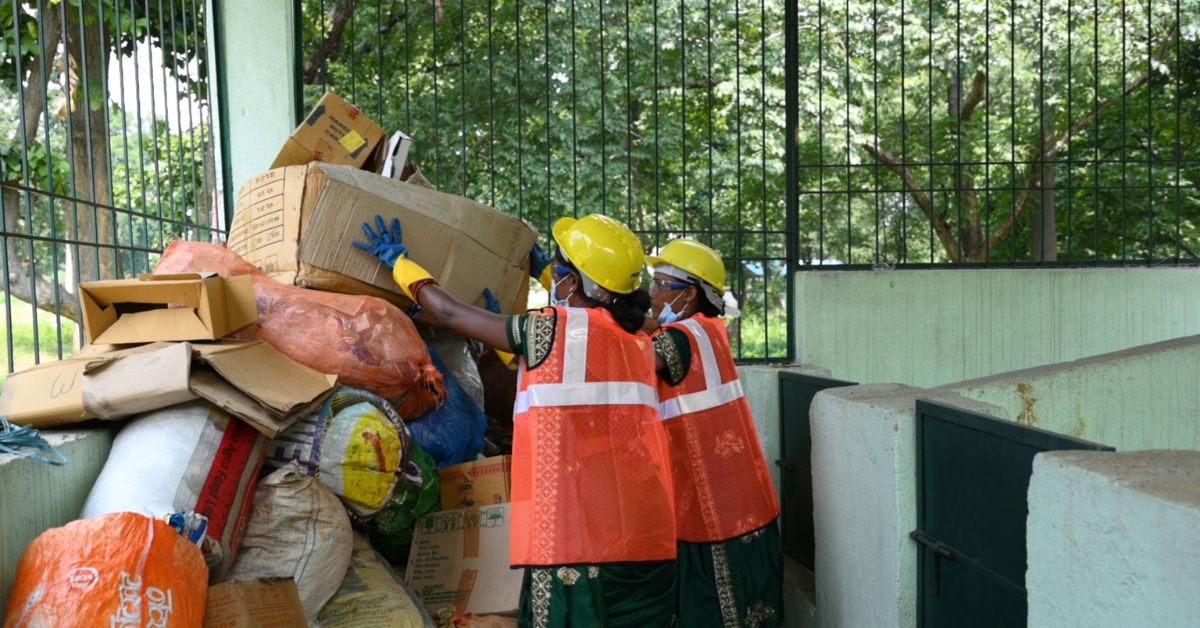 From source to solution, the entire initiative has been powered by rural women.
From source to solution, the entire initiative has been powered by rural women.
At its heart, the initiative aimed to tackle open dumping and preserve the visual cleanliness of villages, while also creating meaningful opportunities for women’s self-help groups by involving them in waste collection and processing.
The larger goal was to build a waste management model that rural communities could own and sustain over time. “We also wanted to establish a benchmark that demonstrates the capability of rural settlements to manage waste materials efficiently and independently,” adds the IAS officer.
“Meanwhile, we faced challenges in waste collection due to scattered villages and difficult hilly terrain and roads. To improve efficiency, we introduced customised battery-operated vehicles for waste collection, making their work easier and more effective,” he adds.
Women at the forefront
From source to solution, the entire initiative has been powered by rural women. After receiving hands-on technical training—ranging from source segregation and waste collection to advanced sorting techniques and operating machines like balers, shredders, and air blowers, these women have taken the lead. Today, they manage the Material Recovery Facility (MRF) in Kuarmunda, along with several other decentralised collection centres, proving that with the right support, local women can drive sustainable change on the ground.
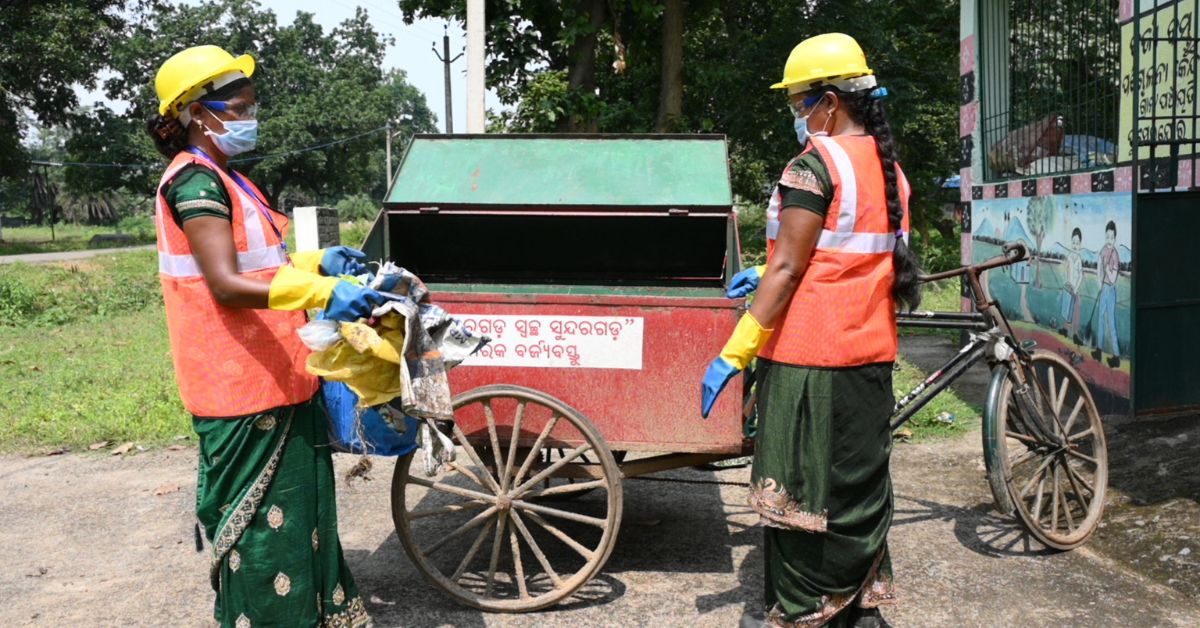 This initiative has forged meaningful livelihoods for around 470 rural women.
This initiative has forged meaningful livelihoods for around 470 rural women.
Interestingly, the district has managed over 360 metric tonnes of plastic waste and generated Rs 17 lakhs in revenue. “Because of this, more than 470 women have been actively engaged in this work, earning an average of Rs 6,500-7,500 per month,” says the district collector.
One such Swachha Sathi, Monika Minz from Kacharu Gram Panchayat, shares her experience: “In 2021, I received training where we learned about the harmful effects of unsegregated waste on animals. When cows and goats consume such waste, it disrupts their digestion and can lead to their death. To combat this, we segregate the waste.”
“Every day, I start my rounds at around 7 in the morning. I collect waste items such as shoes, slippers, glass bottles, plastic bottles, polythene, electric boards, and wires, among other things. After collecting the waste, we deliver it to the segregation centre where it is processed and recycled. I’ve even implemented these practices in my home,” she further explains.
Before this, the 50-year-old worked as a labourer in house construction. “I prefer my current job because it allows me to work from 7 to 10 in the morning and gives me the freedom to manage the rest of my day as I wish. I earn Rs 6,725 per month, which is more than I earned previously. This income has greatly helped me pay my children’s school fees on time and manage household expenses. I take pride in this work, as the community calls me ‘Swachata Didi,’ and I feel it is a form of service,” she adds.
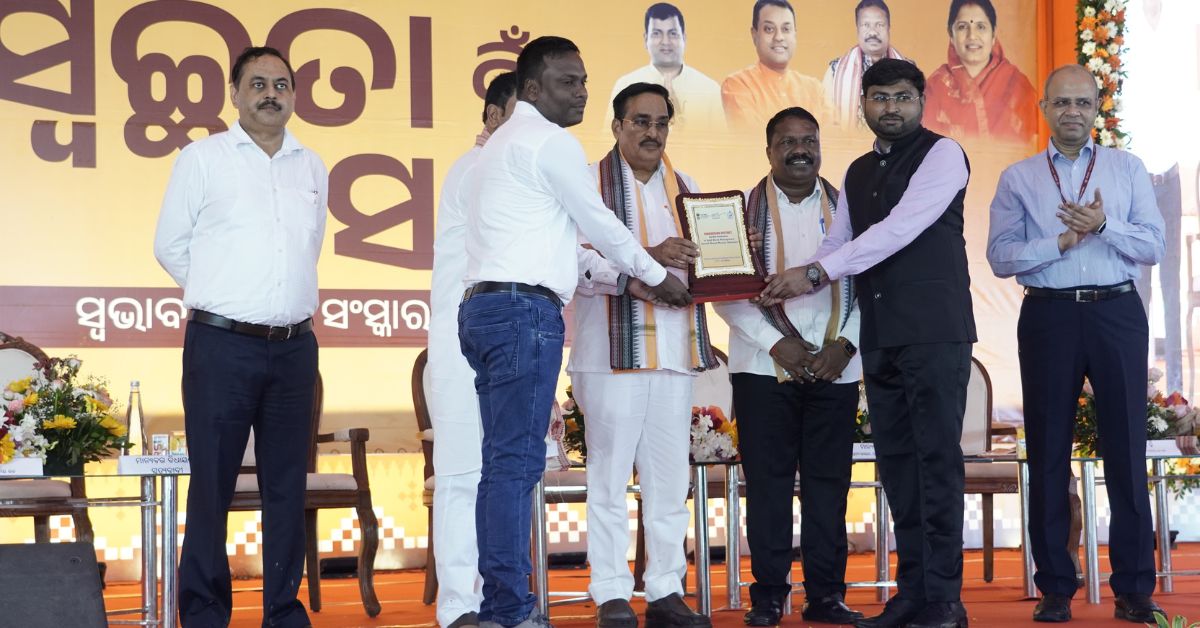 Sundagarh was awarded best performing district in Swachh Bharat Mission (Gramin) for plastic waste management.
Sundagarh was awarded best performing district in Swachh Bharat Mission (Gramin) for plastic waste management.
The IAS officer shares that the total investment in the project stood at around ₹14 crore, covering infrastructure development, HR support, and overall project management. By 2024, the initiative had grown significantly, reaching over 1,682 villages and impacting 3.6 lakh households, which accounts for nearly 70% of Sundargarh district’s rural population.
For Manoj, this initiative holds a special place. It’s not just about managing waste more effectively in rural areas—it’s about creating meaningful change. “This initiative is particularly close to my heart and deeply fulfilling,” he says, as it brings together environmental impact, economic upliftment, and social empowerment, especially through the livelihood opportunities it creates for women’s groups.
During a visit to Kuarmunda, a tribal woman conveyed her sincere gratitude, highlighting the positive impact of the initiative. “This woman now earns a stable income of Rs 6,800 per month, which has greatly enhanced her family’s financial stability and supports her three children. Once a housewife with no reliable income, she now works with dignity, ensuring a better future for her three children,” shares the IAS officer.
“This initiative has completely changed the way people see cleanliness in villages. With the active involvement of Swachha Sathis, the community space is now clean, healthy, and more aware than ever before. Next year, we expect over 700 Swacchta Sathis to join our initiative,” he adds.
Edited by Leila Badyari; All images courtesy Manoj Mahajan IAS
News